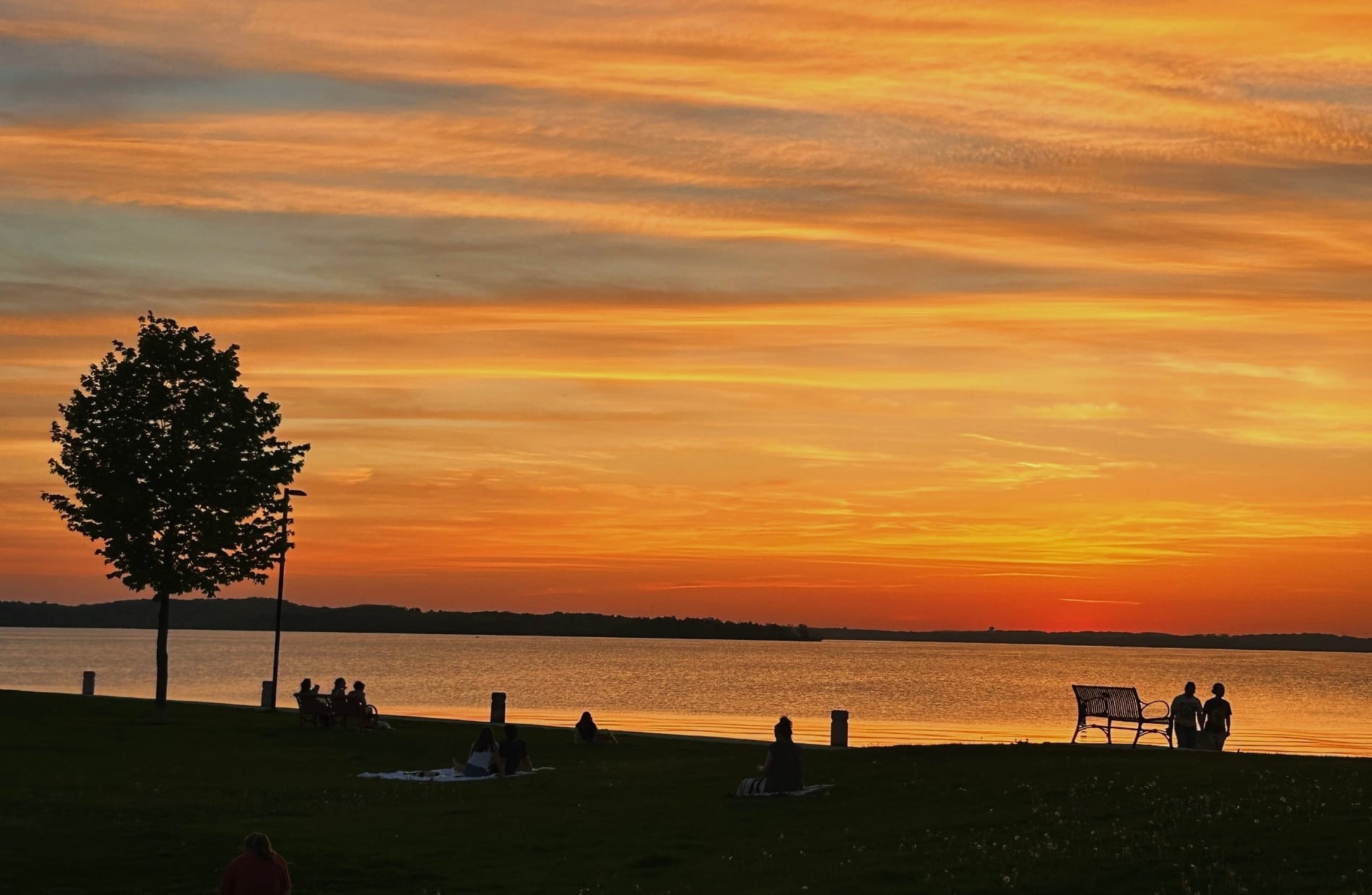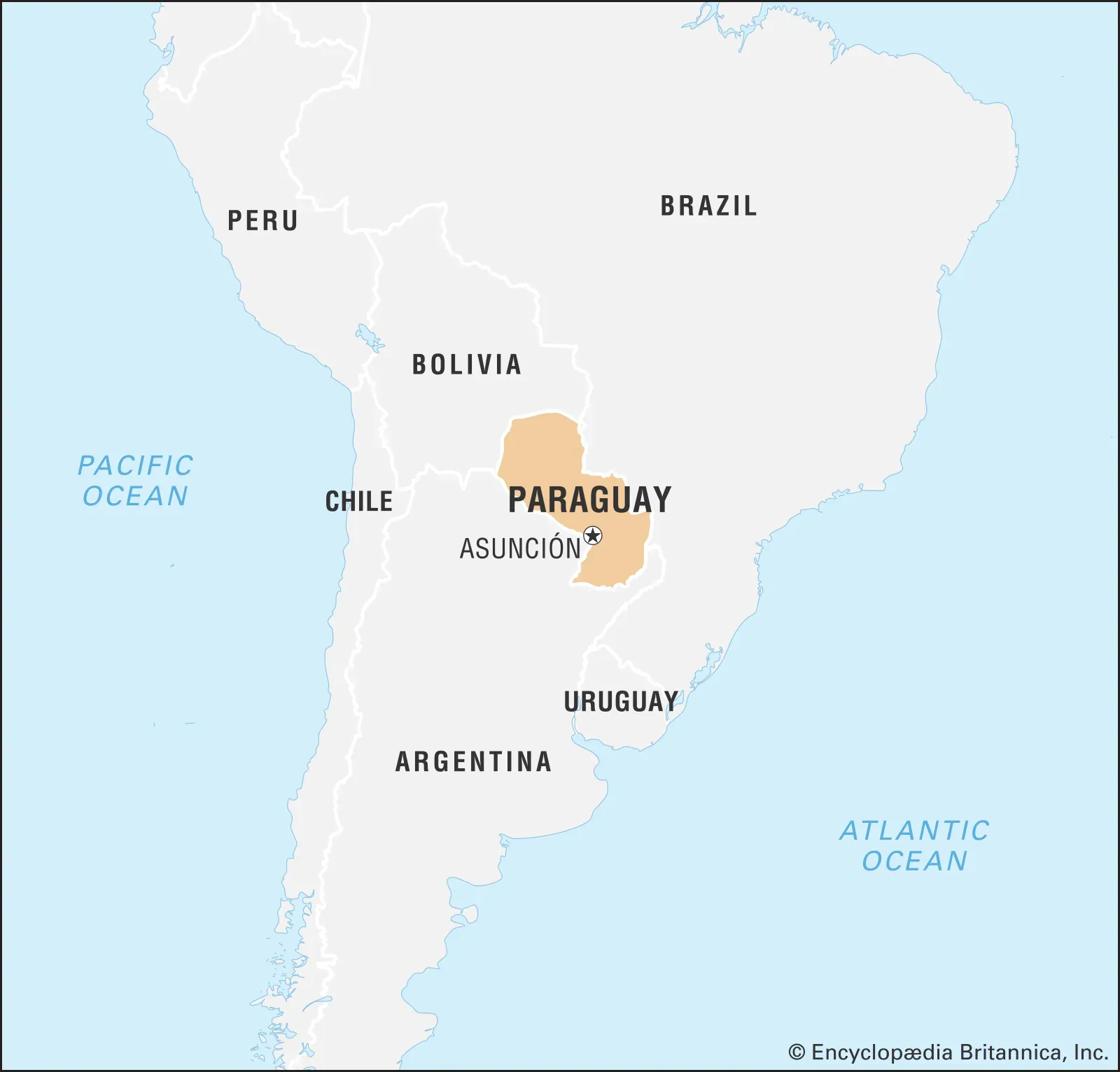The Pre-Departure Post

Mba’éichapa! ¡Buenas días!
I'm so glad you're here! I am about a week from departure and everything is feeling very real and scary, but exciting too. My emotions have been all over the place - anxiety, anticipation, and gratitude. These past few weeks have been spent mostly at home in Denver packing (with some trips to Cleveland, Madison, and Buena Vista), saying goodbye to friends and family, painting, shopping, and enjoying the end of a gorgeous Colorado summer. Thinking ahead, 27 months sounds very daunting, but I know the time will go by fast and will be filled with countless new rewarding experiences, journeys, and growth.
Taking inspiration from some of the Peace Corps blogs I've been following, I'm going to answer some FAQs about my service below!
Why the Peace Corps?
As many of you know, my mom was also a Peace Corps Volunteer (Malawi 1995-1997), and she was the main motivation for my application - hearing her stories and seeing the long-lasting effects of her service in the form of friendships and experience. I also felt incredibly inspired by my time in South America during my semester abroad in the spring of 2024 and wanted to return ASAP! I'm excited to hopefully improve my Spanish, learn a whole new language, and meaningfully engage with environmental conservation/education work.
Where even is Paraguay?
Paraguay is a small, landlocked country in the middle of South America, often called the “Heart of South America.” It borders Bolivia, Brazil, and Argentina. It has a population of about 6.2 million people, with about a third (2.3 million) living in the capital city of Asunción and its metro area. Paraguay is known for the warmth of its people, the national drink tereré (ice-cold yerba mate), and its two national languages - Spanish and Guaraní, an indigenous language. Most Paraguayans, however, speak a mix of both languages, called Jopará.
I have recently done some deep-dive research on the roots of Guaraní and the country's history, which I'm happy to share with anyone interested!

Where will I be living?
After a day of staging in DC where I will meet my cohort (C-10, consisting of ~35 environmental volunteers from all over the country), we will all fly together to Paraguay. For my first 10 weeks, I’ll be at the Peace Corps Training Center in Capiatá, a smaller city just outside of Asunción. I’ll be living with my first host family during this time and taking language and technical classes all day while the Peace Corps evaluates me in order to assign me to my official site. That means I won’t know exactly where I’ll be stationed until November 10th, 2025.
Once in their permanent sites, volunteers live in small towns or villages with fewer than 5,000 people, and some "countryside" (campo) towns can have less than 200 people. Every volunteer will live on their own with a new host family for the first three months in site, and then will have the option to move into their own house or apartment in the region.
What will I be doing?
Great question! The honest answer is that I won’t know for sure until I get to my site. Peace Corps work in Paraguay is very site-specific, which means it depends on what the local community needs and wants. The general focus of my assignment (Community Environment Promoter) is environmental conservation, but that can look like a lot of different things.
My role is will be centered around three main pillars known as the “3 T’s”: teaching, trees, and trash. Teaching may take place in schools through environmental education, with environmental youth groups, or by organizing community-wide environmental events. The tree pillar includes traditional reforestation and nursery projects, but it can also involve urban beautification, planting shade trees, or supporting agroforestry efforts for crops. The trash component focuses on reducing waste by promoting alternatives to littering and trash burning, such as recycling initiatives, composting programs, and other sustainable practices. Volunteers also sometimes partner with the Ministry of the Environment or local municipalities to write grants, organize workshops, and plan outreach events. There are also opportunities to pursue creative projects, from setting up camera traps to starting community gardens, that further support environmental awareness and engagement.
Each volunteer is paired with a local counterpart, and our work will be based on community needs assessments. Any projects that we implement begin with a strong foundation of community integration, which involves lots of talking and listening to build personal relationships and trust.
What does taking time off look like?
I get two days of leave for every month of service, which adds up to 24 days a year, or 48 days total. Most Volunteers don’t use this time to fly back to the U.S. unless something big is happening (think weddings, graduations, etc.), so my plan (for now) is to use my leave to explore Paraguay, travel around South America, and hopefully spend time with friends or family when they visit.
However, I am not permitted to take leave during Pre-Service Training (September 23rd–December 4th), nor am I allowed to take leave during the first three months of service (December 5th–March 5th). The first months are about getting settled, building trust, and integrating into the community. Taking time away too early could set back that process, which is why Peace Corps asks us not to travel or host visitors during this time.
Emergencies: In the event of a death or serious illness in my immediate family, Peace Corps covers two weeks of emergency leave and pays for the trip back to the U.S. For other emergencies, I could request leave at my own expense with approval from my country director. Hopefully, I will not need to use this leave.
What is the best way to stay in touch?
Texting and calling: I will have fairly reliable service wherever I am placed (yay globalization!), so texting or calling over WhatsApp will be the easiest. I will have a new Paraguayan phone number, though, so stay on the lookout!
And if you want to be pen pals (in the modern sense at least), my email is maya.winfield@outlook.com.
Social media: you're in the right place! Also follow my Instagram @yamsandpapayas for more frequent updates.
Mail and packages: Letters usually take two to three weeks to reach Paraguay, and packages and other types of correspondence may take several weeks to several months. The post office in Asunción is not as reliable as in the US, but once a letter or package arrives at the Peace Corps office, they can get it to me in a day or two. I have heard that bubble packages get through/held up less than cardboard boxes, but at this time please refrain from sending any care packages until I have a better idea of how the mail system works!
DHL is another option, but it can get very expensive. I have also heard of an inexpensive package service PCVs in Paraguay like to use. Once I learn more, I will update you all!
That said, for the first 10 weeks, my mailing address will be:
Maya Winfield, PCT
Cuerpo de Paz
162 Chaco Boreal c/Mcal. López
Asunción 1580, Paraguay
South America
*Note: after training concludes on December 5th, PCT (Peace Corps Trainee) will change to PCV (Peace Corps Volunteer) for the remainder of my service.
That's all for now! Make sure to subscribe to (hopefully) receive an email notification when I post.
Maya 💚